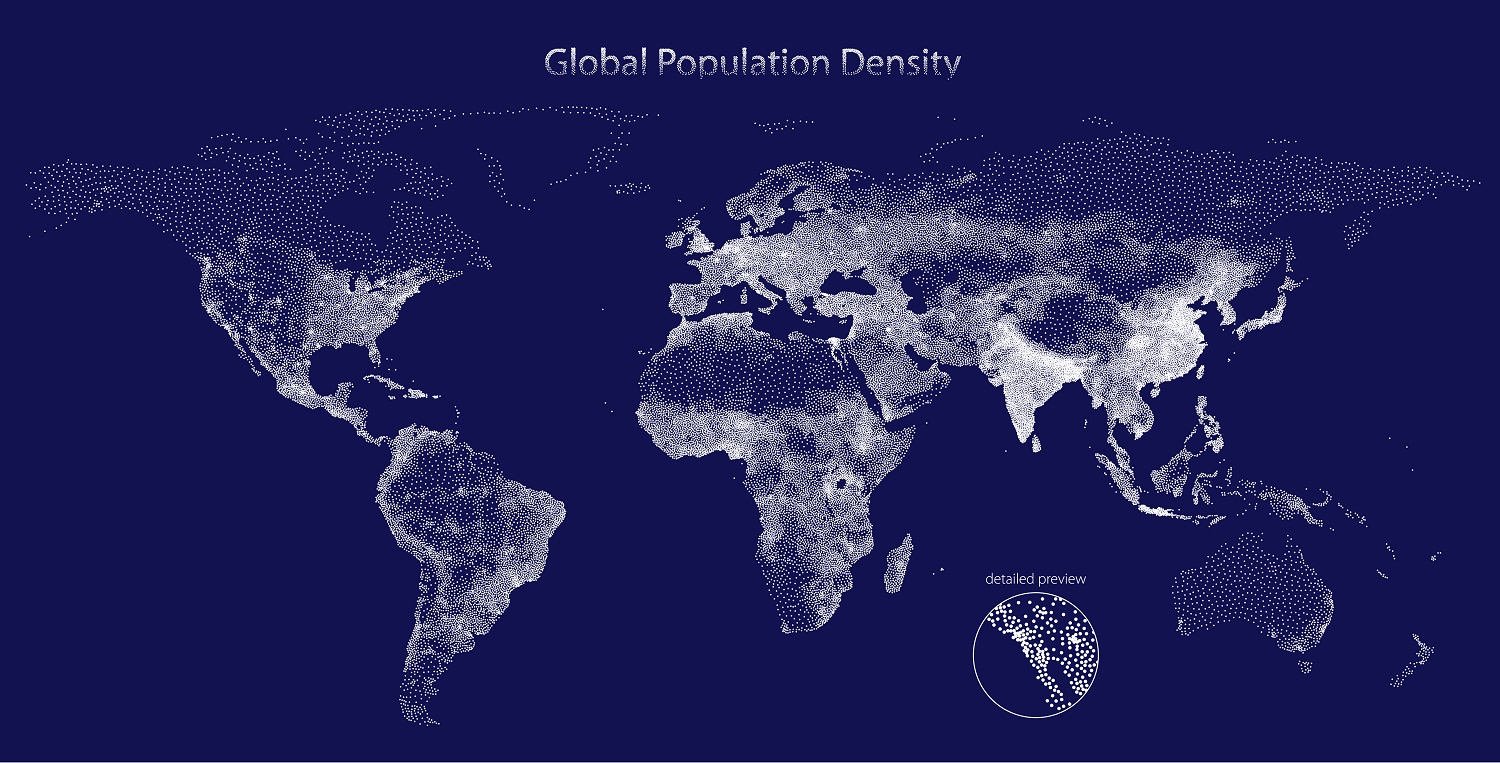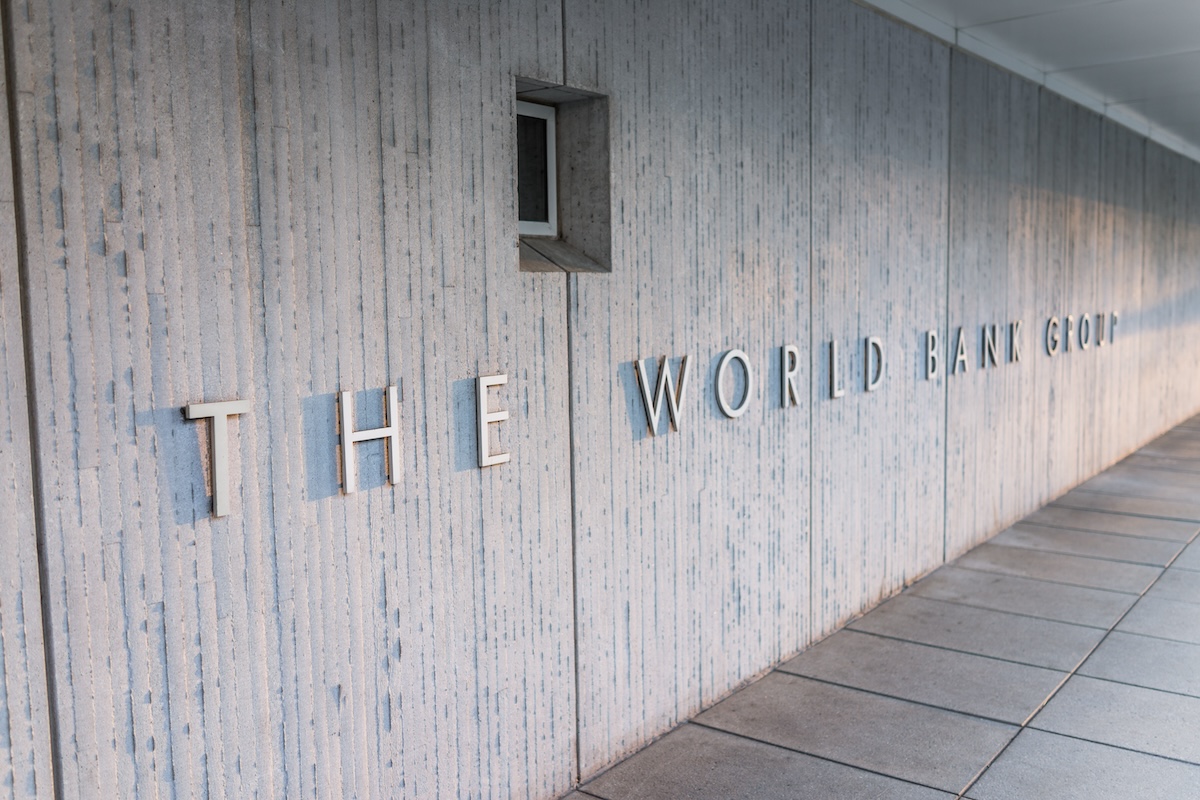There are many reasons for optimism about the future of the global economy.
The world has never been more educated, our populations more connected. Technological advance in areas from solar and fusion power through batteries to satellites and cancer vaccines will help deliver sustained development. Ending extreme ($2.15 a day) poverty, while long overdue, is on a trajectory to be achieved by 2050.
However, key economic challenges remain, and how the rich world in particular responds – whether through an inward turn toward supposedly grater ‘self-reliance’, or a more open embrace of globalization -- will have considerable implications for continued planetary progress.
My colleague at the Center for Global Development Zack Gehan and I created a set of scenarios for the shape of the global economy in 2050. We factored in a relationship between economic growth and countries’ initial incomes, education, temperature, and demographic factors.
What we found is largely positive for developing and middle-income nations. Incomes per capita in Africa could be 76% higher in 2050 than they were a few years ago, and in India incomes could jump 136%.
This optimism comes from the fact that many poorer countries are undergoing a demographic transition, where the proportion of their population that is of working age climbs. They are also seeing very rapid growth of human capital – years of education per worker. The combinations suggest the last three decades of global income convergence—where poor economies grow faster than rich ones -- will continue into the future.
That likelihood is far from a certainty. For example, many countries of the Arab world began their demographic transition with a highly educated workforce some time ago, but have been largely unable to convert that into sustainably rapid growth. Nonetheless, there are tailwinds to economic advance in many of the world’s poorer countries.
Many richer countries, however, will be buffeted by increasingly strong headwinds. Thanks to declines in fertility and a rapidly growing number of retirees, the UN predicts peak working age populations for high-income countries as a whole will happen this year, and there will be 8% fewer workers in 2050 than today. Meanwhile in the US, education rates have plateaued since the 1990s: roughly 85% of kids graduate from high school and roughly one third graduate from 4-year colleges. That’s also associated with slower growth in stocks of human capital –education per worker. Similar trends are emerging in other high-income countries.
That is why our forecast for richer countries is not nearly so optimistic: for the EU it is a rise of only 28% between now and 2050 and for the US only 19% richer. And the forecast exercise suggests it is quite plausible that richer countries may be little or no richer than today in three decades. Those potential negative outcomes need a considerable caveat as well: they are based on the lower range of past growth outcomes across all economies worldwide, and rich country growth rates have traditionally been far more stable than the average. As a result, growth in Europe, the US, and other rich countries may be more likely to outperform our forecast rather than fall below it.
Nonetheless, the headwinds are there, and the recent past already suggest increased economic sluggishness in many rich countries.
In turn, that suggests the possibility for two futures for rich countries. On the one hand, slowing growth could go alongside a turn inwards and toward illiberalism, a replay of the 1930s–or, indeed, for some wealthy countries, a continuation of the last decade. They could abandon the institutions of global trade, try to shut borders, ramp up policies to subsidize home industries and suffer the even slower growth rates that would follow–with knock on effects for the rest of the world.
Or they could realize the best response to peak working age populations at home is to benefit more from workers abroad–not least through open trade and migration policies. In that case, the rest of the world would benefit, too, with greater migration in particular a multi-trillion dollar global opportunity. It is urgent that rich countries realize that a foreign policy that sustains economic growth at home is a policy that is open to the world.
CGD blog posts reflect the views of the authors, drawing on prior research and experience in their areas of expertise.
CGD is a nonpartisan, independent organization and does not take institutional positions.







